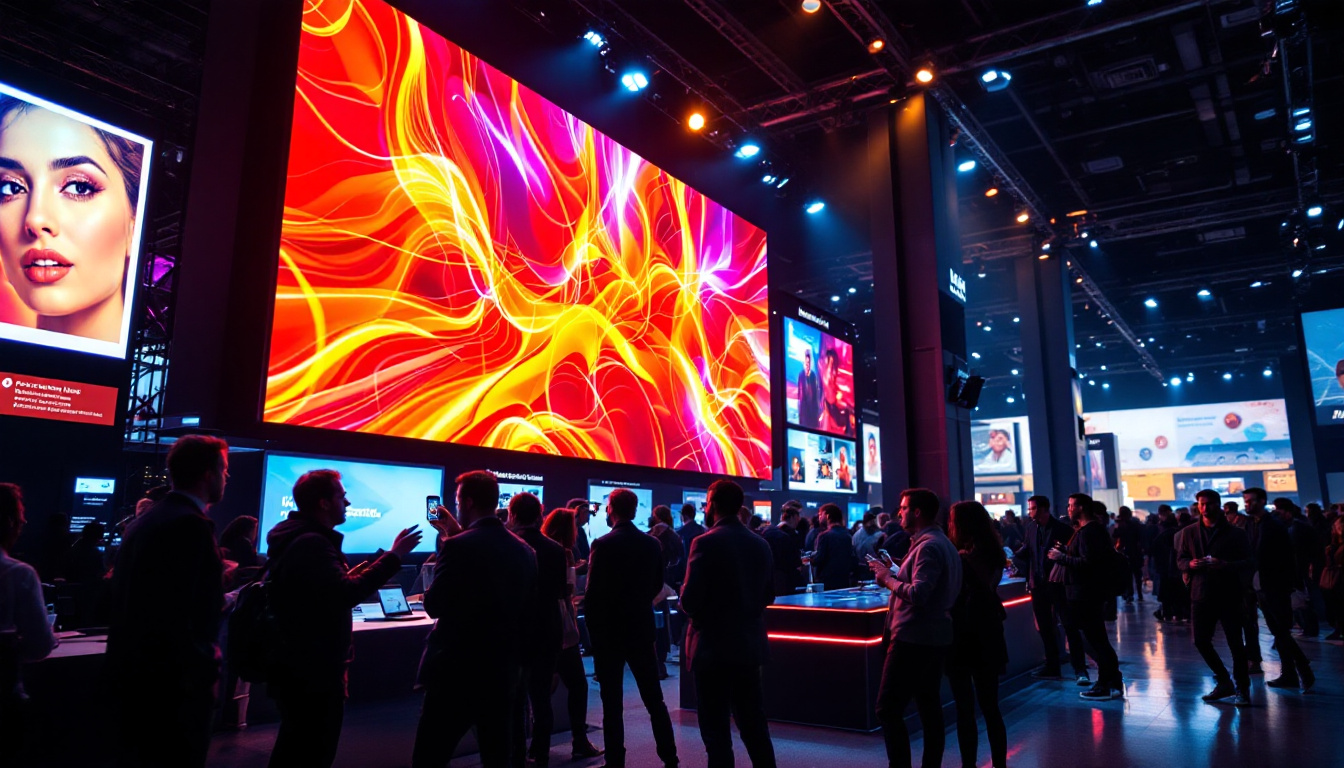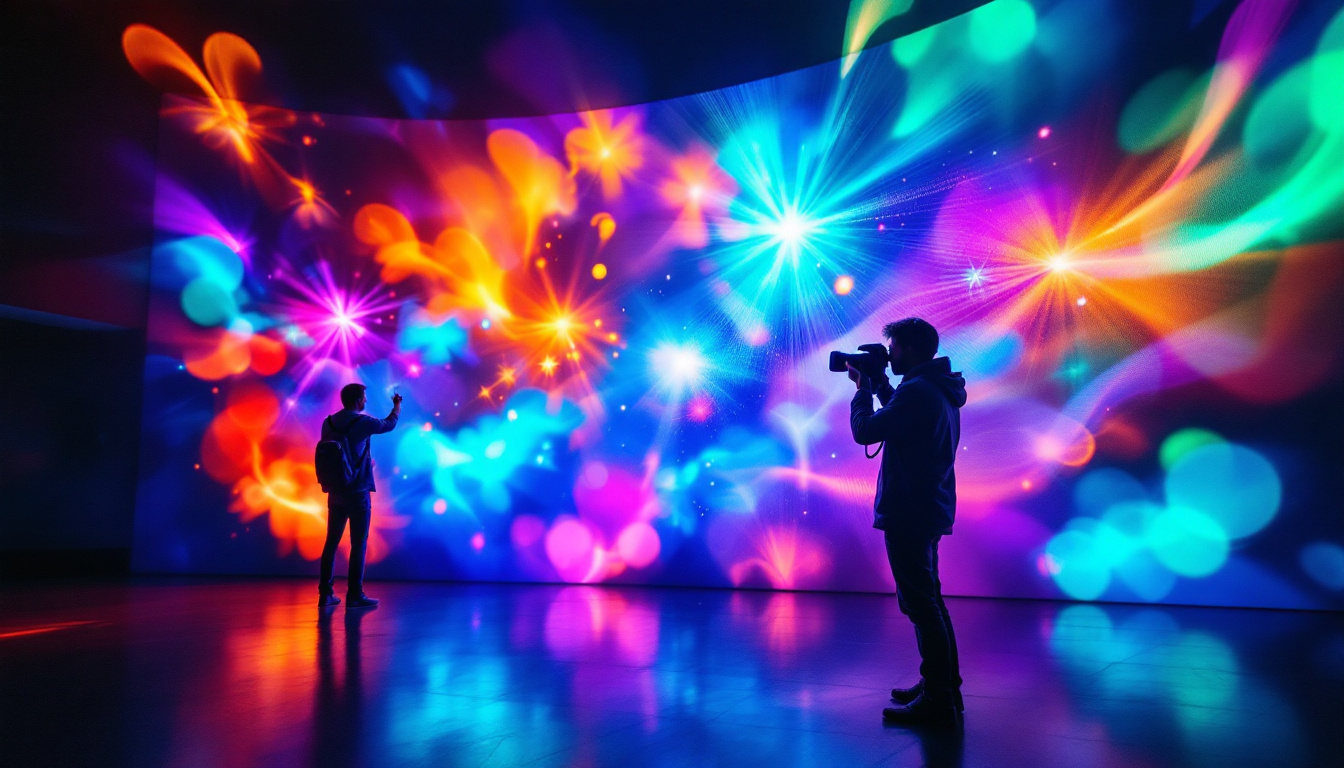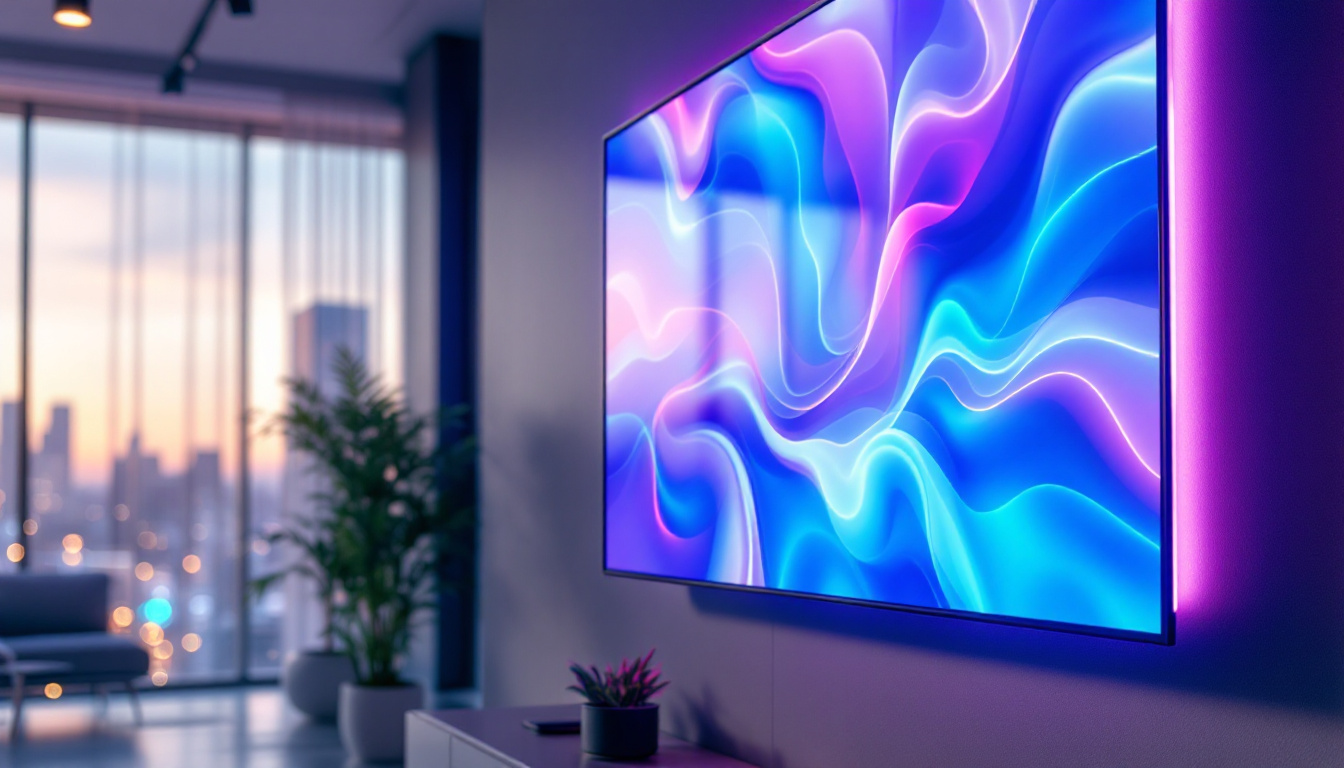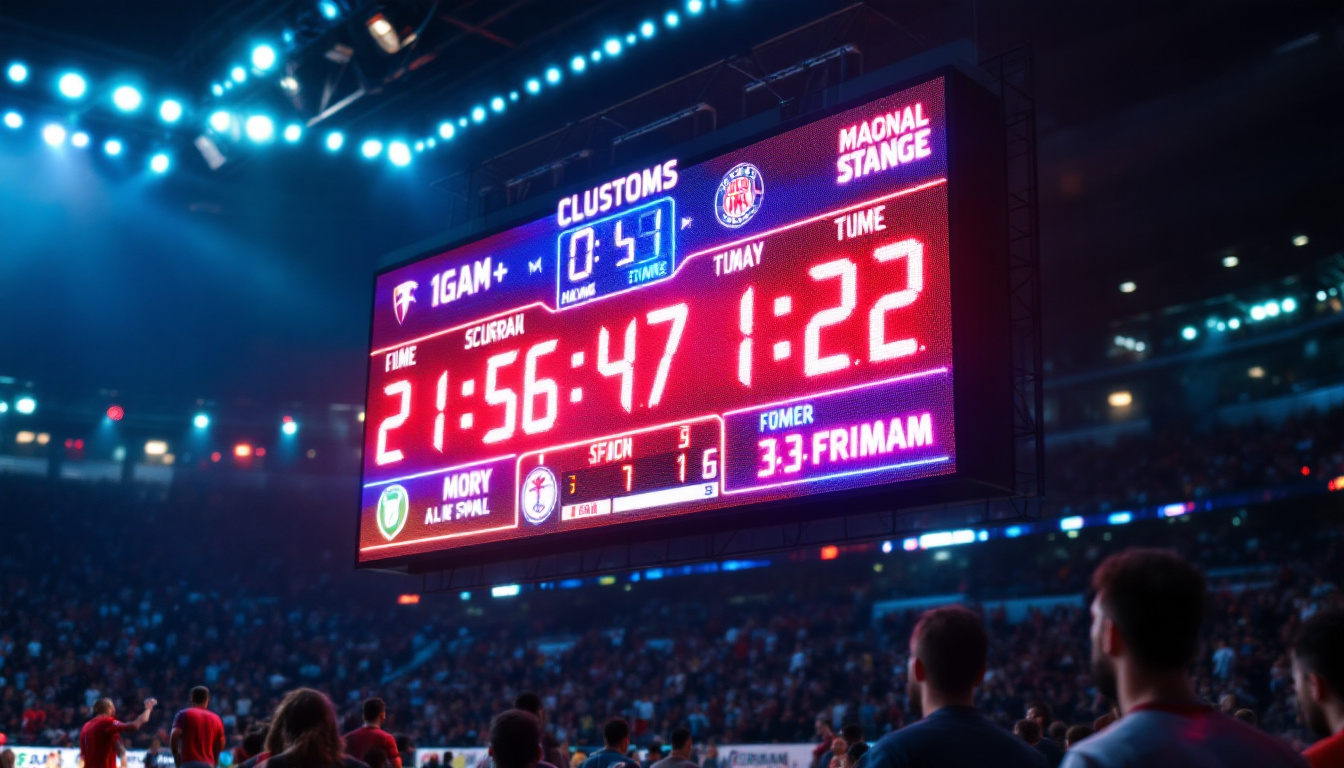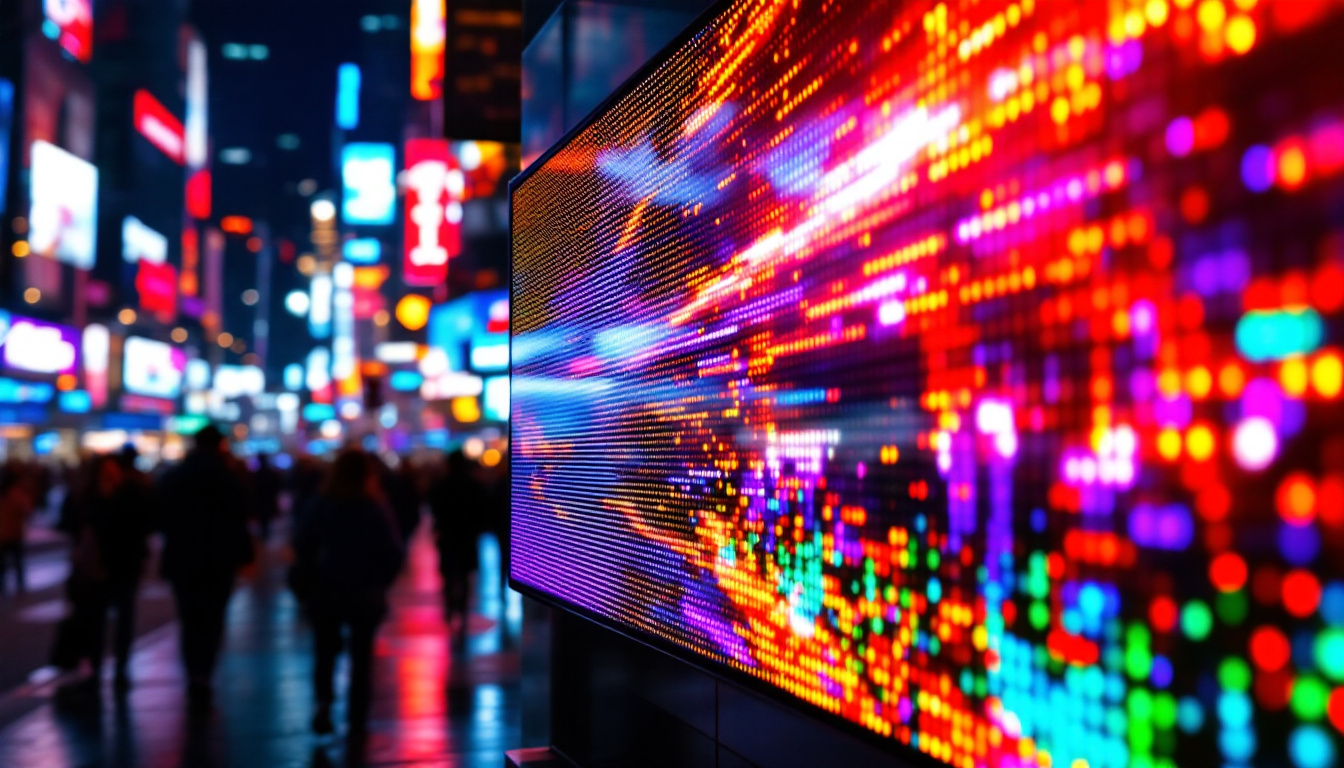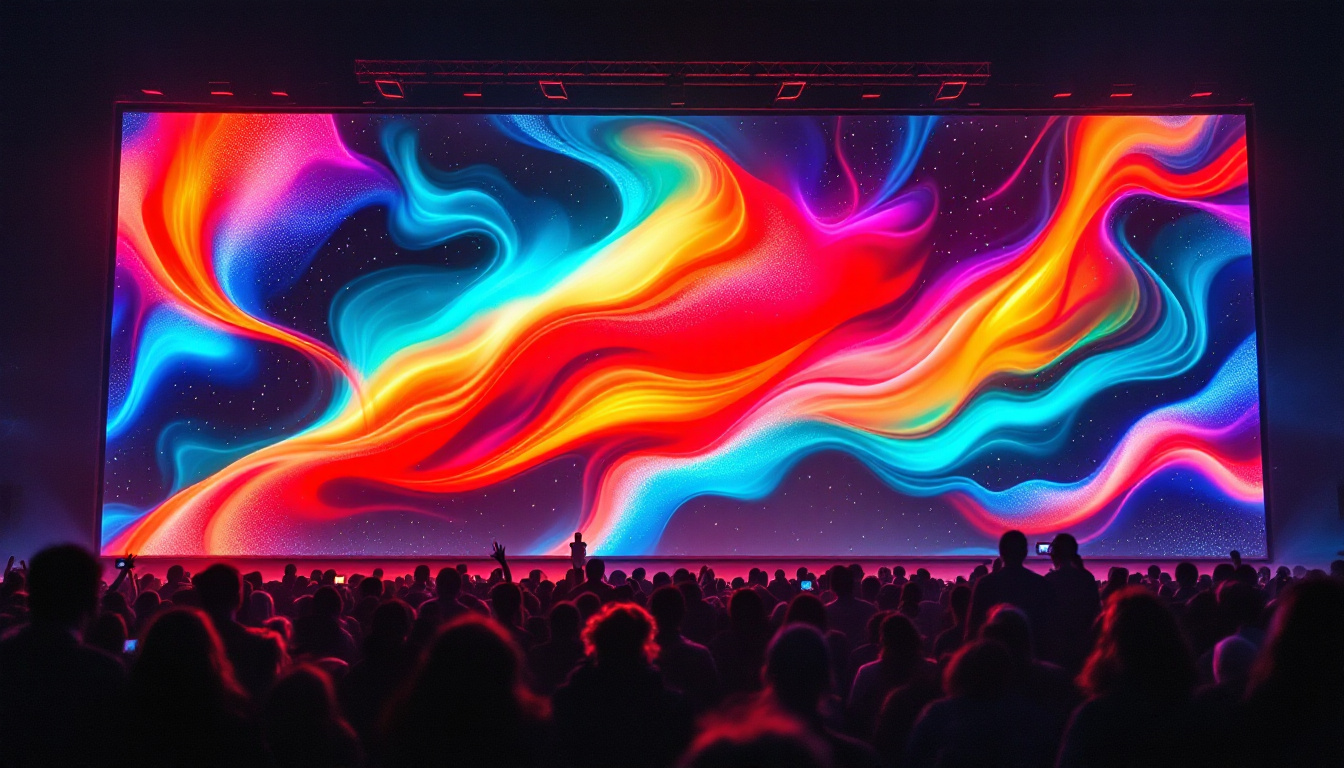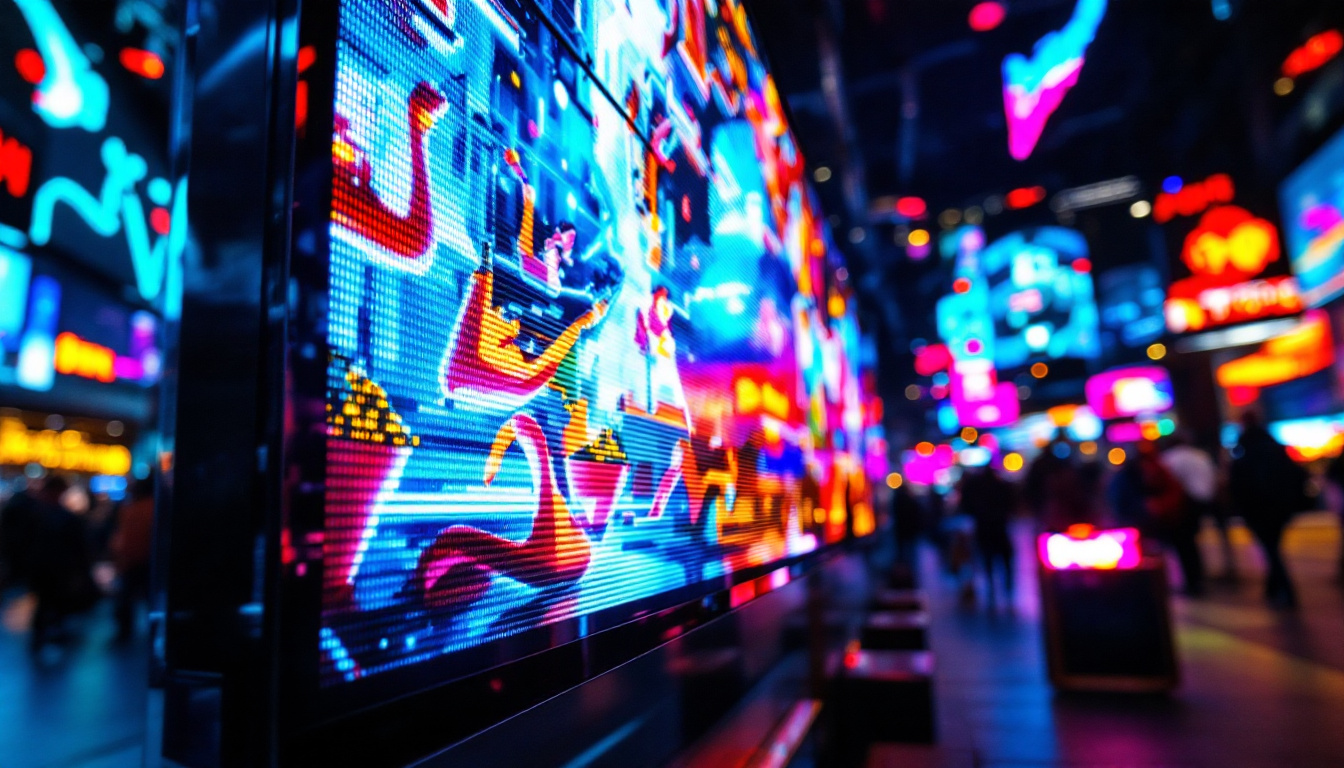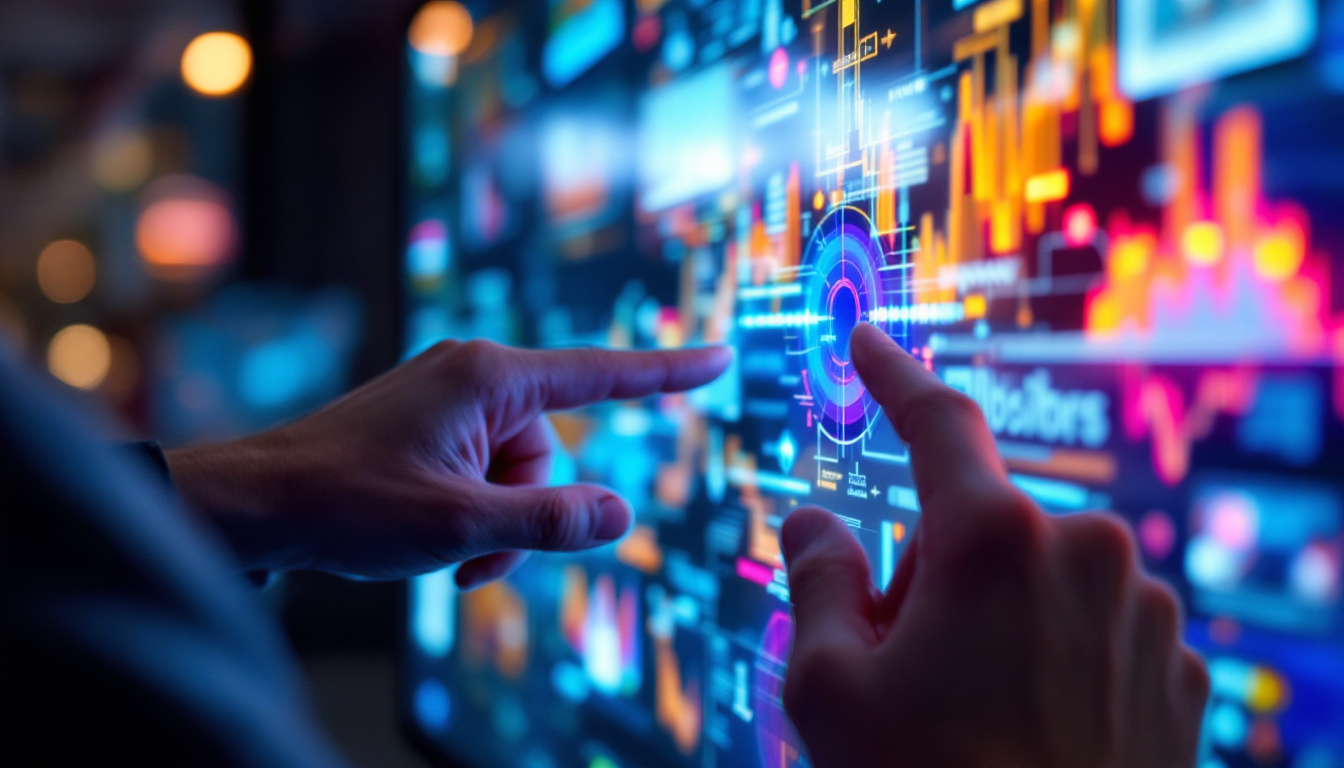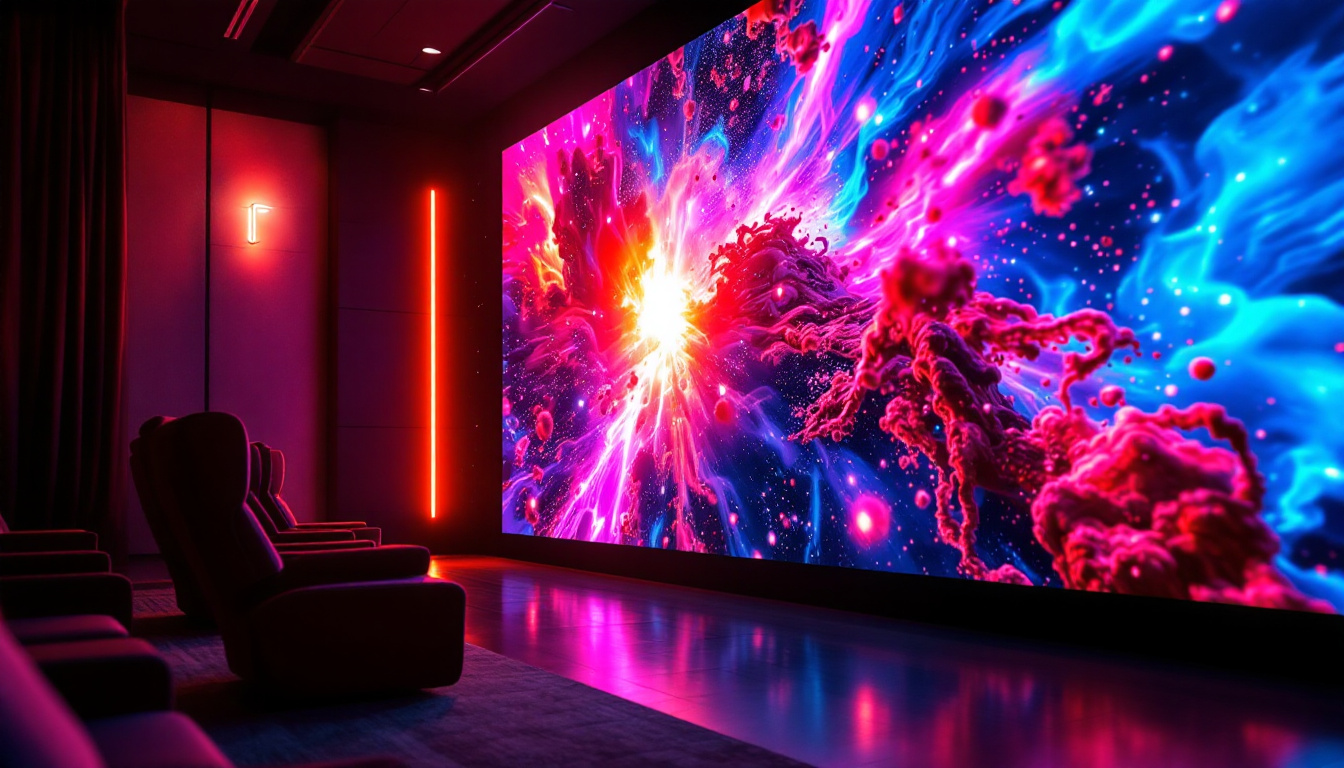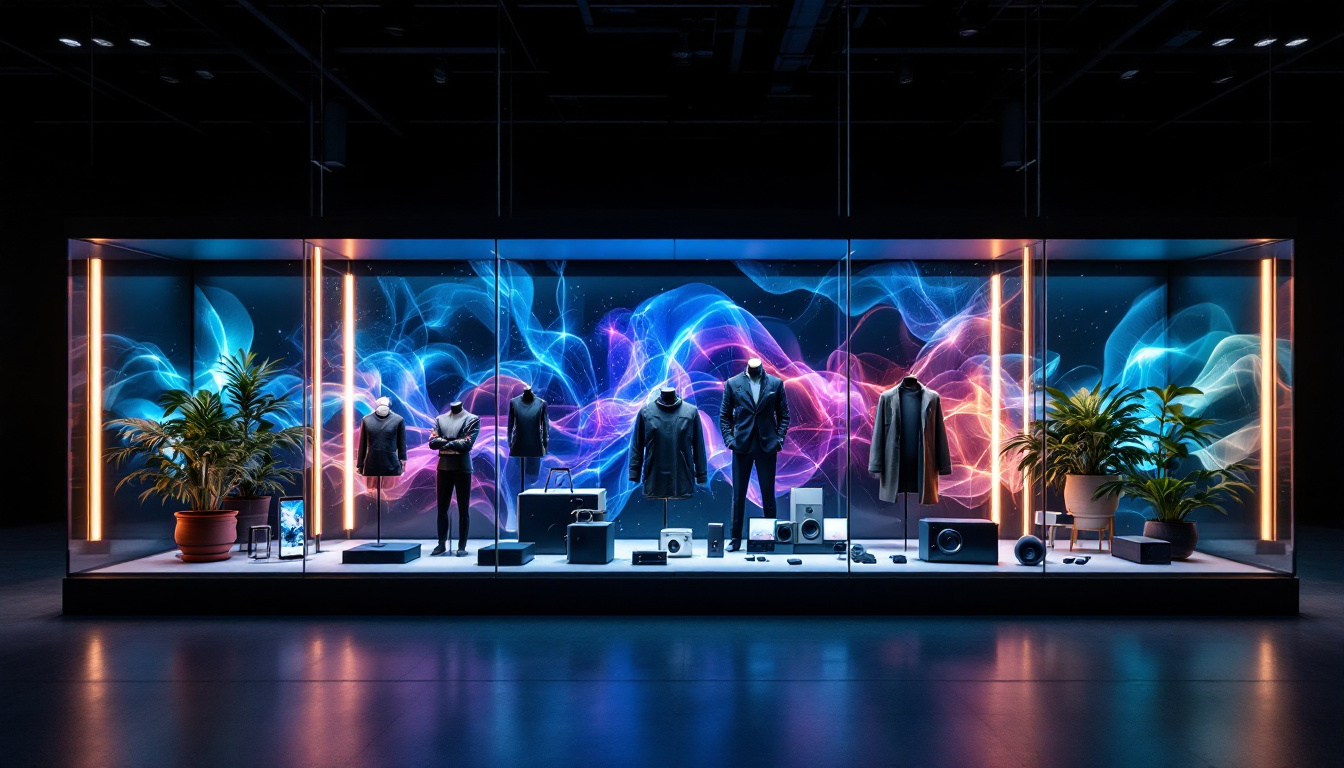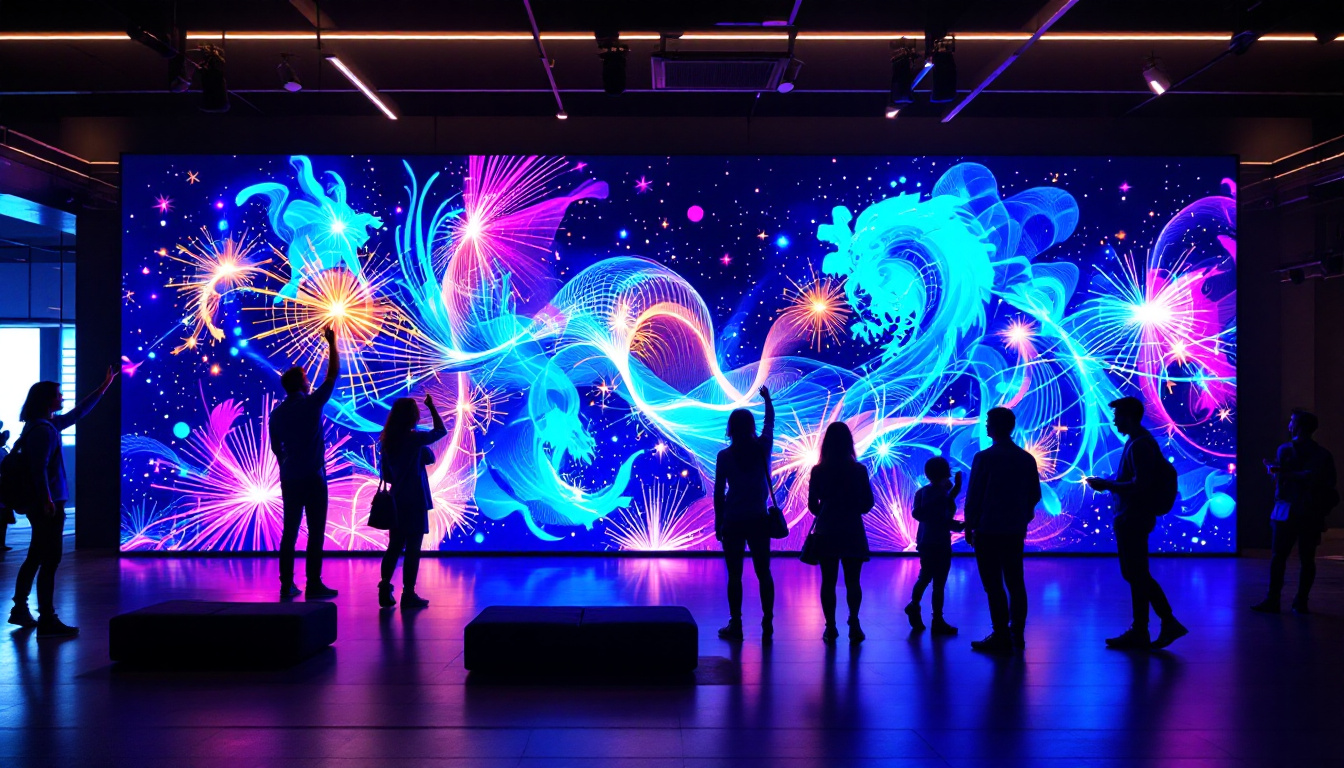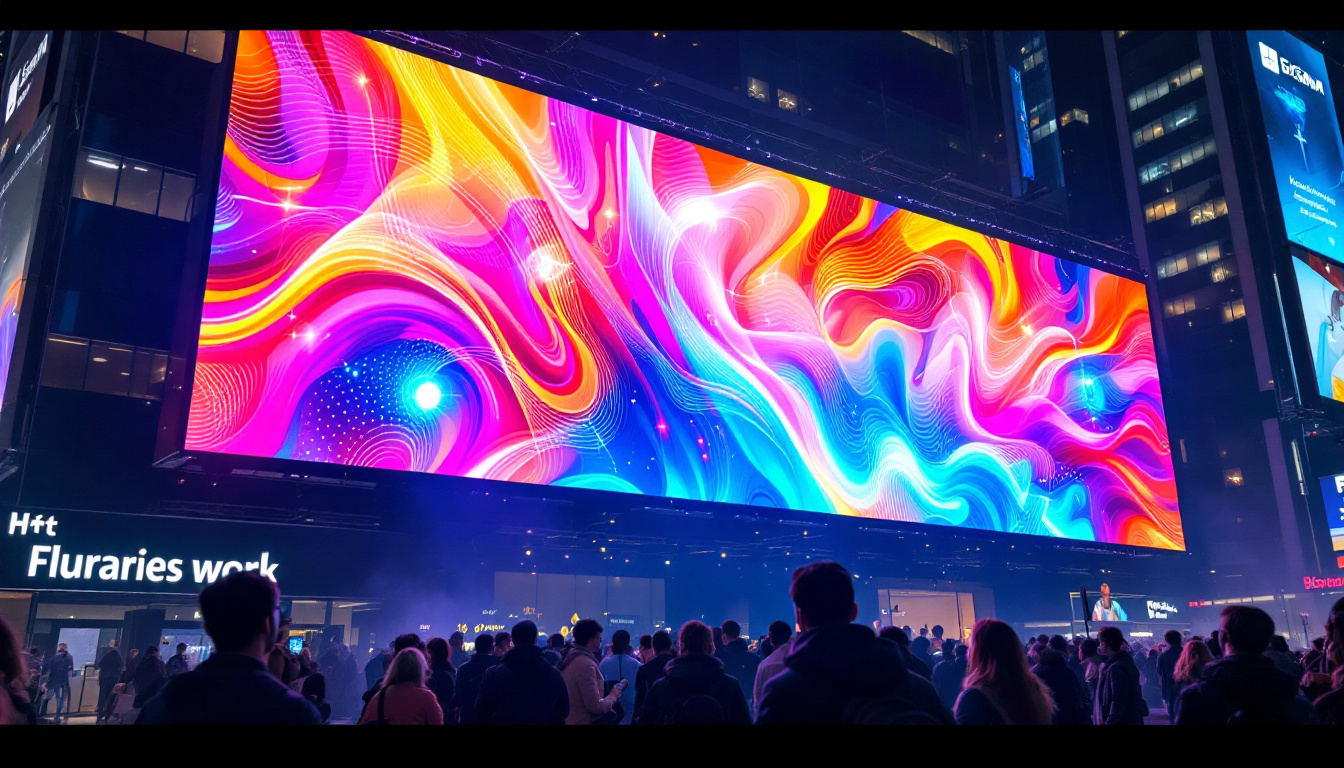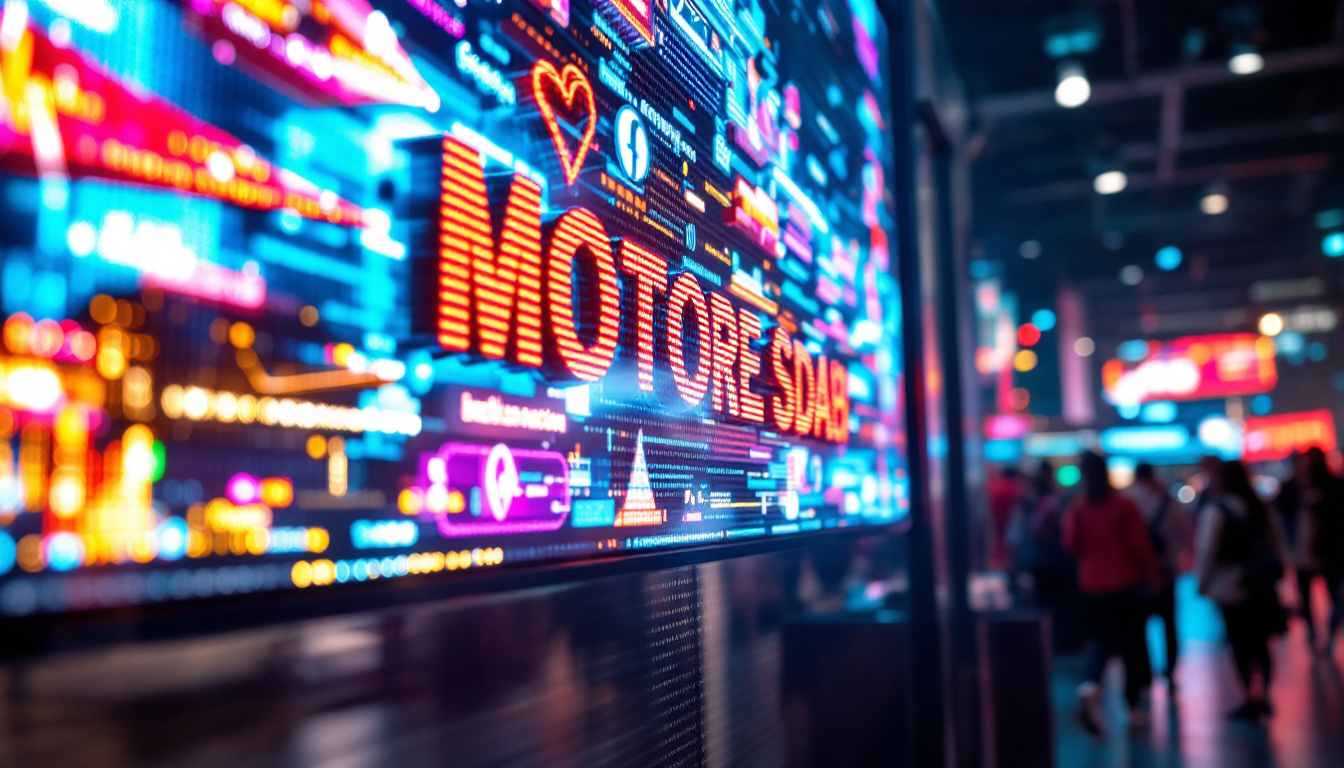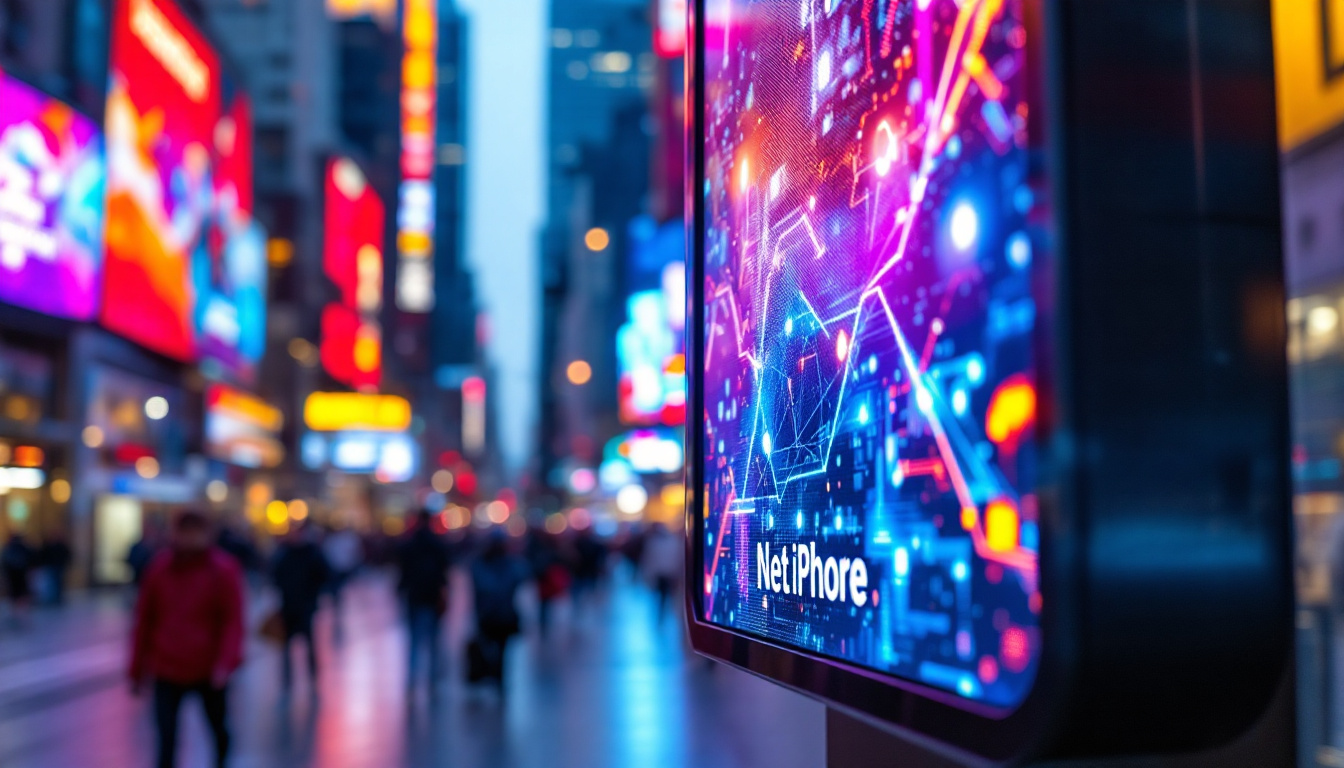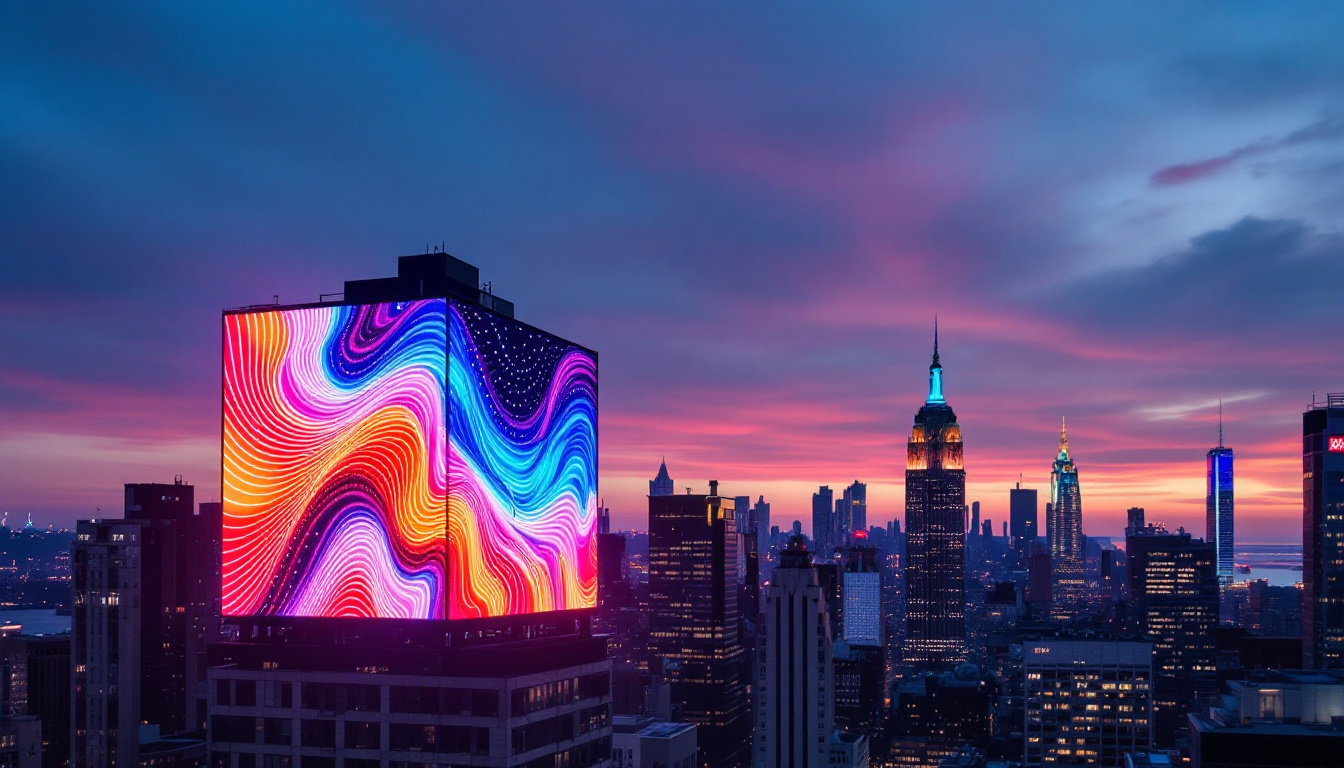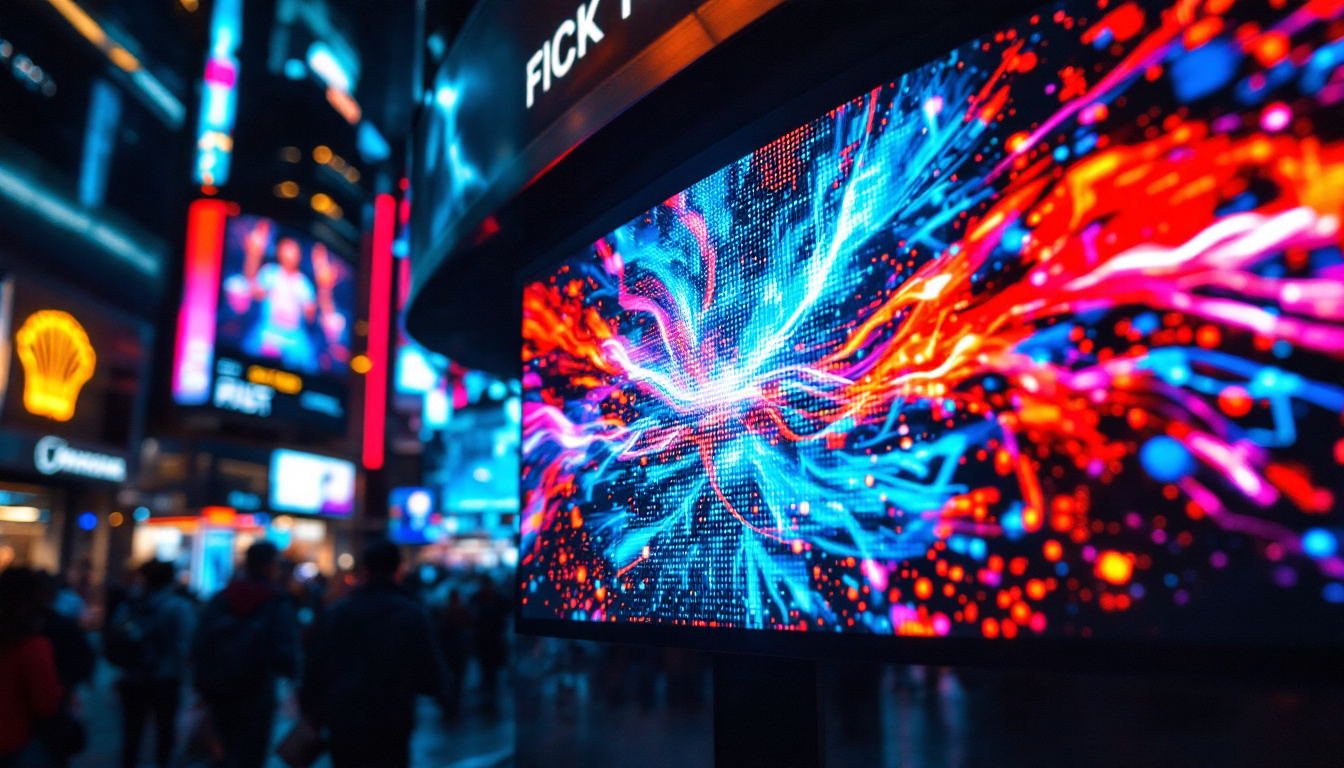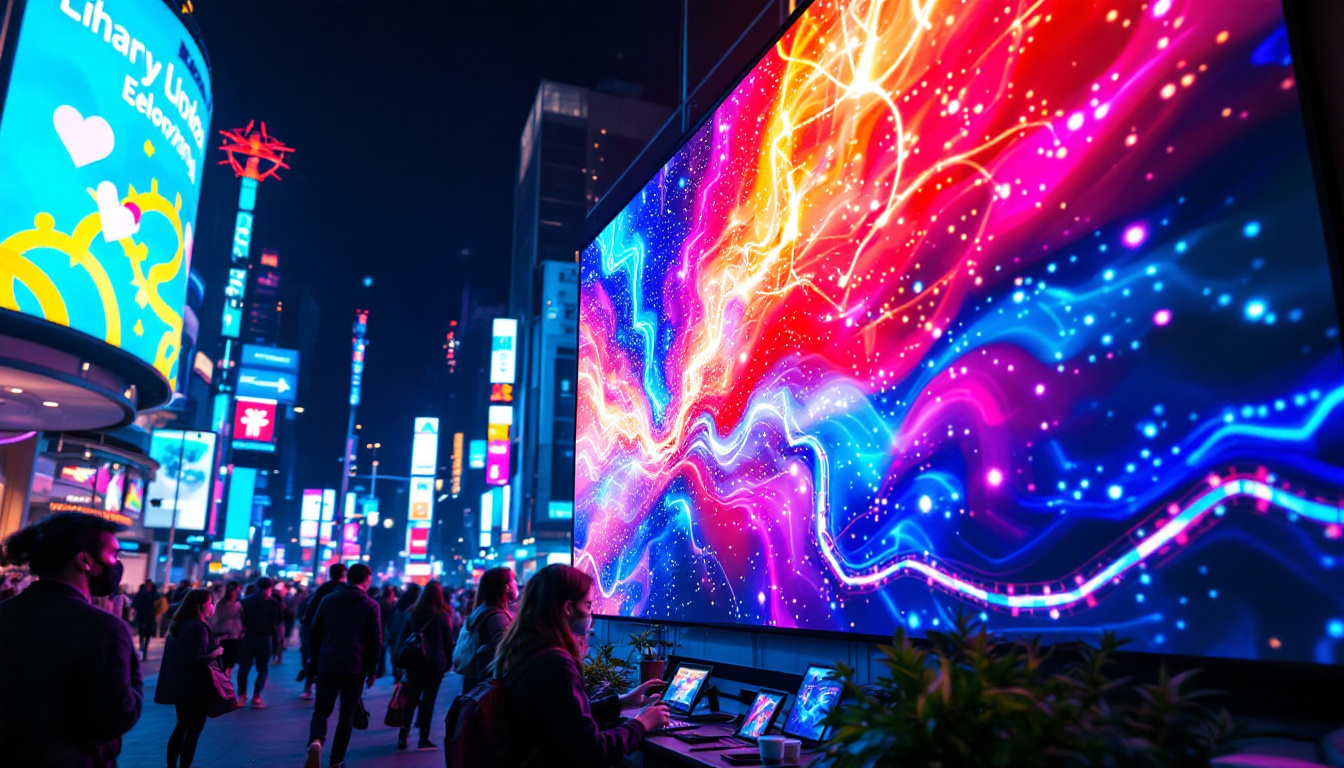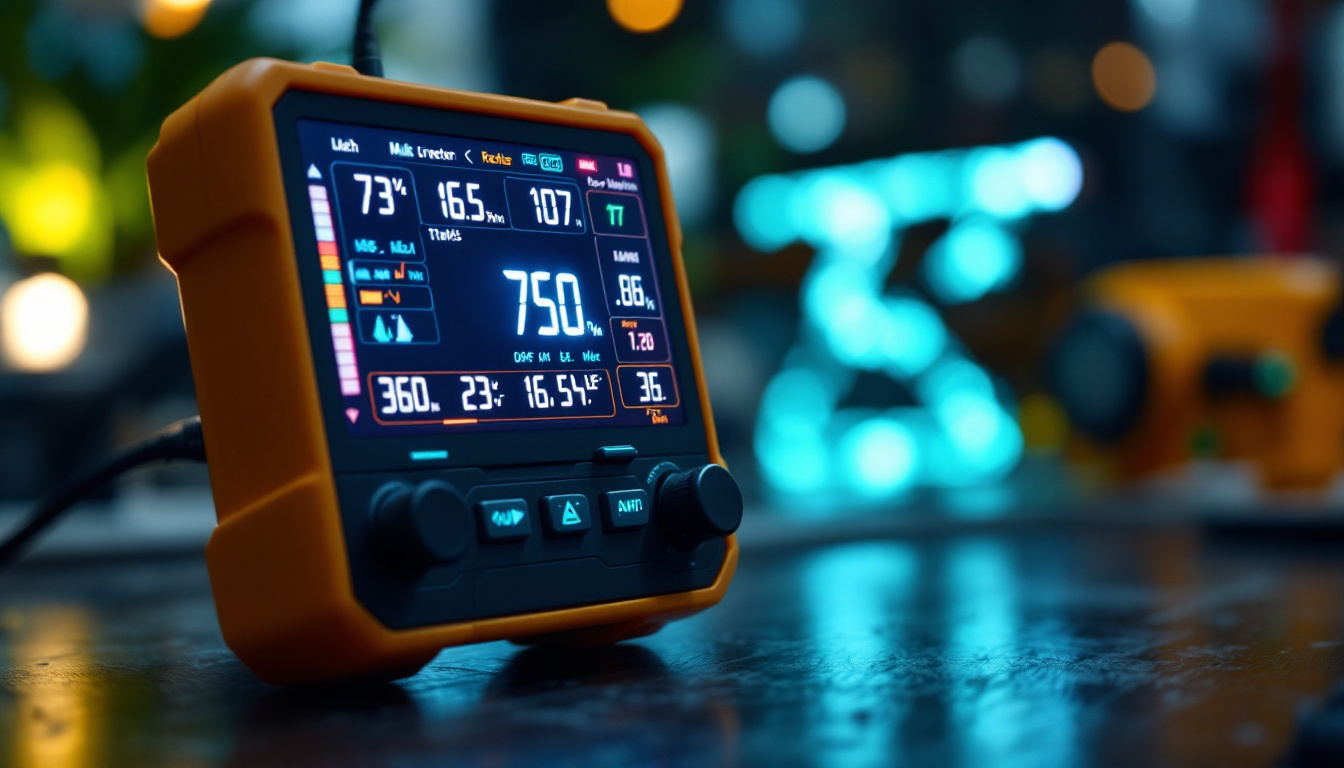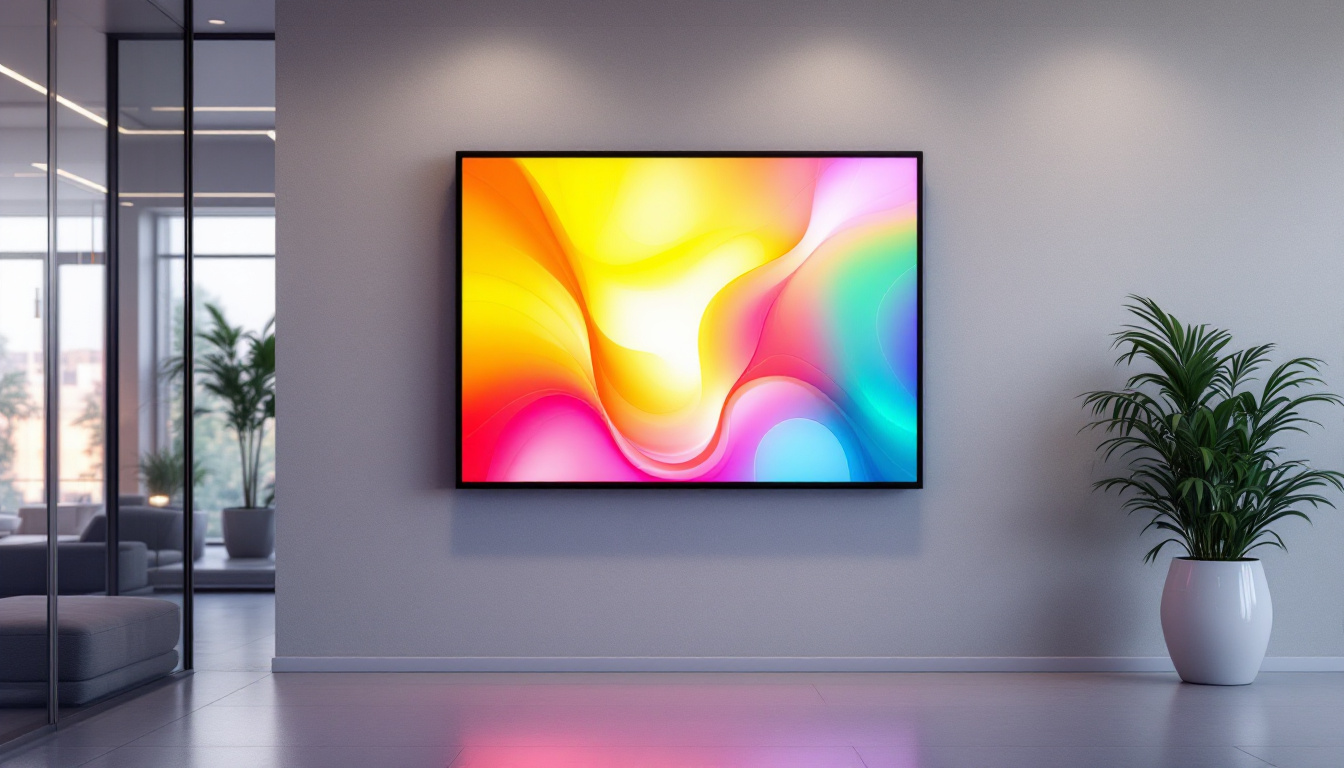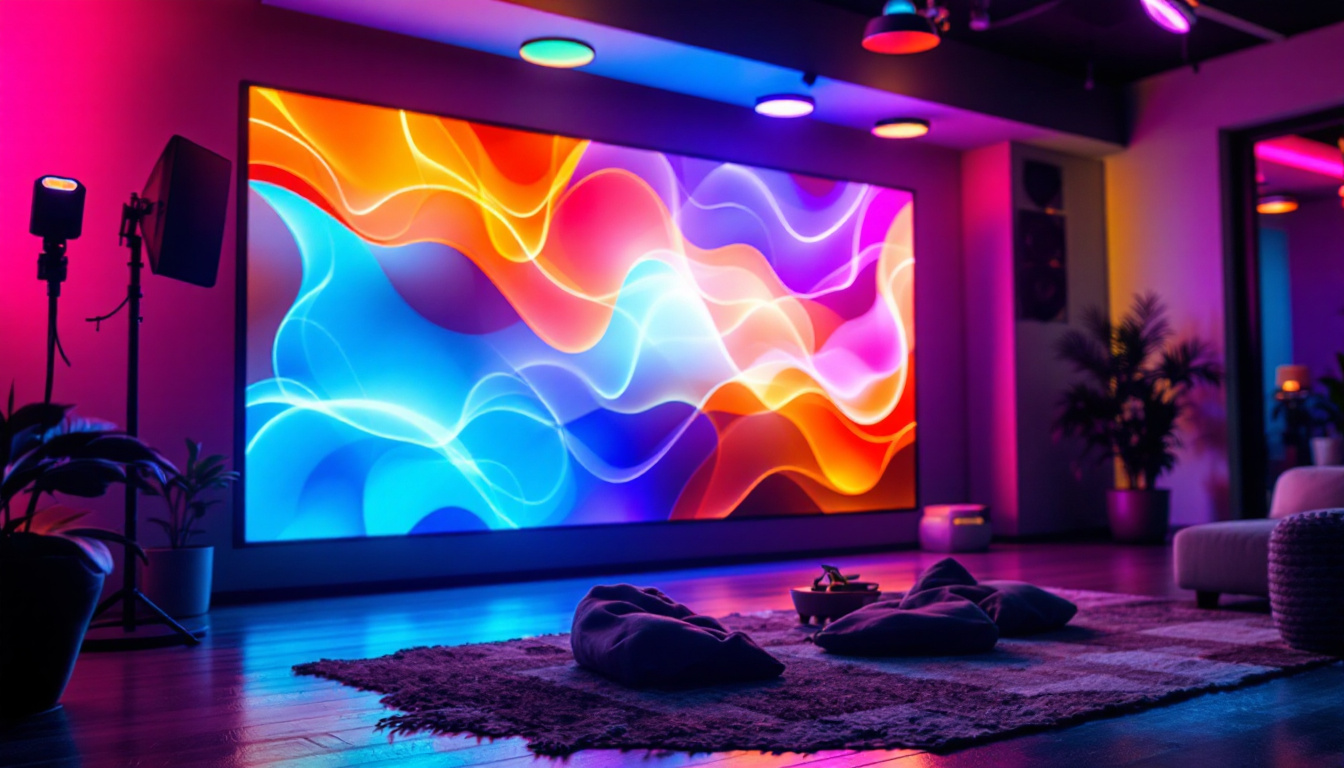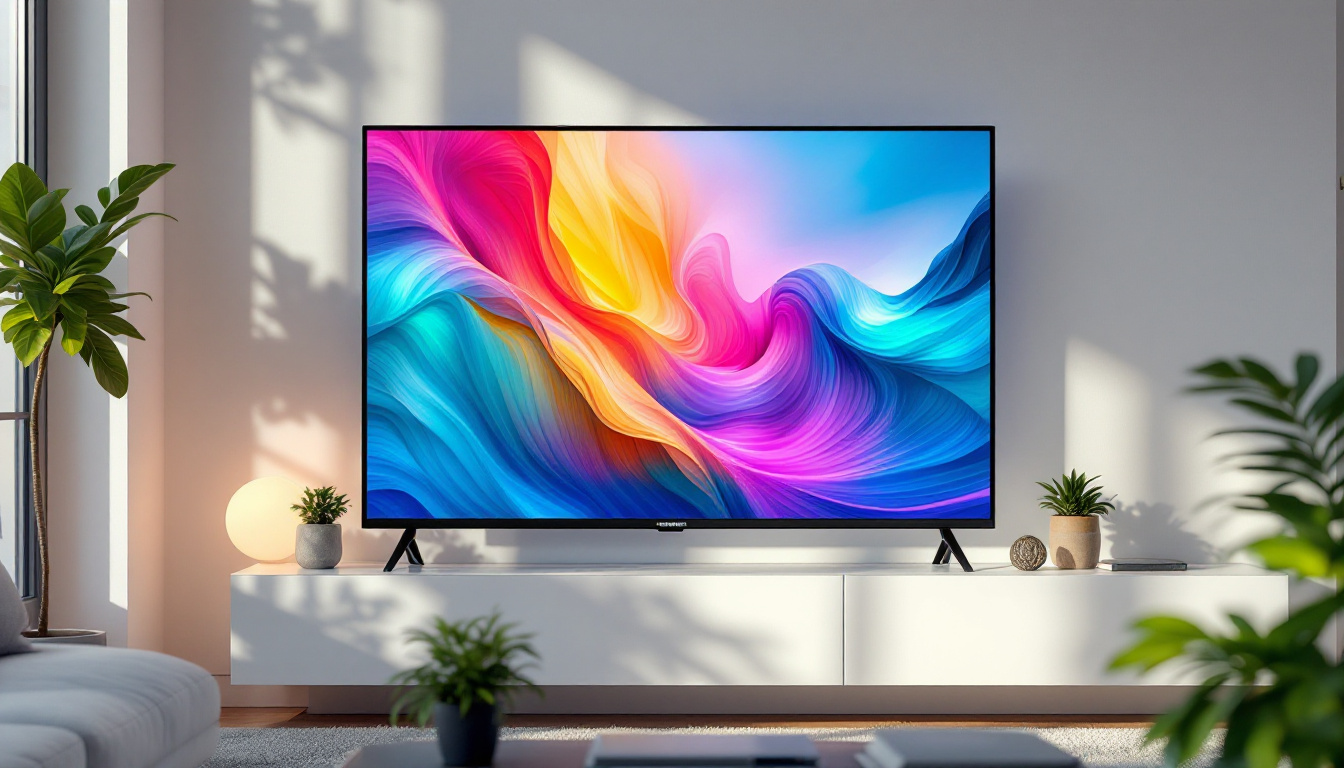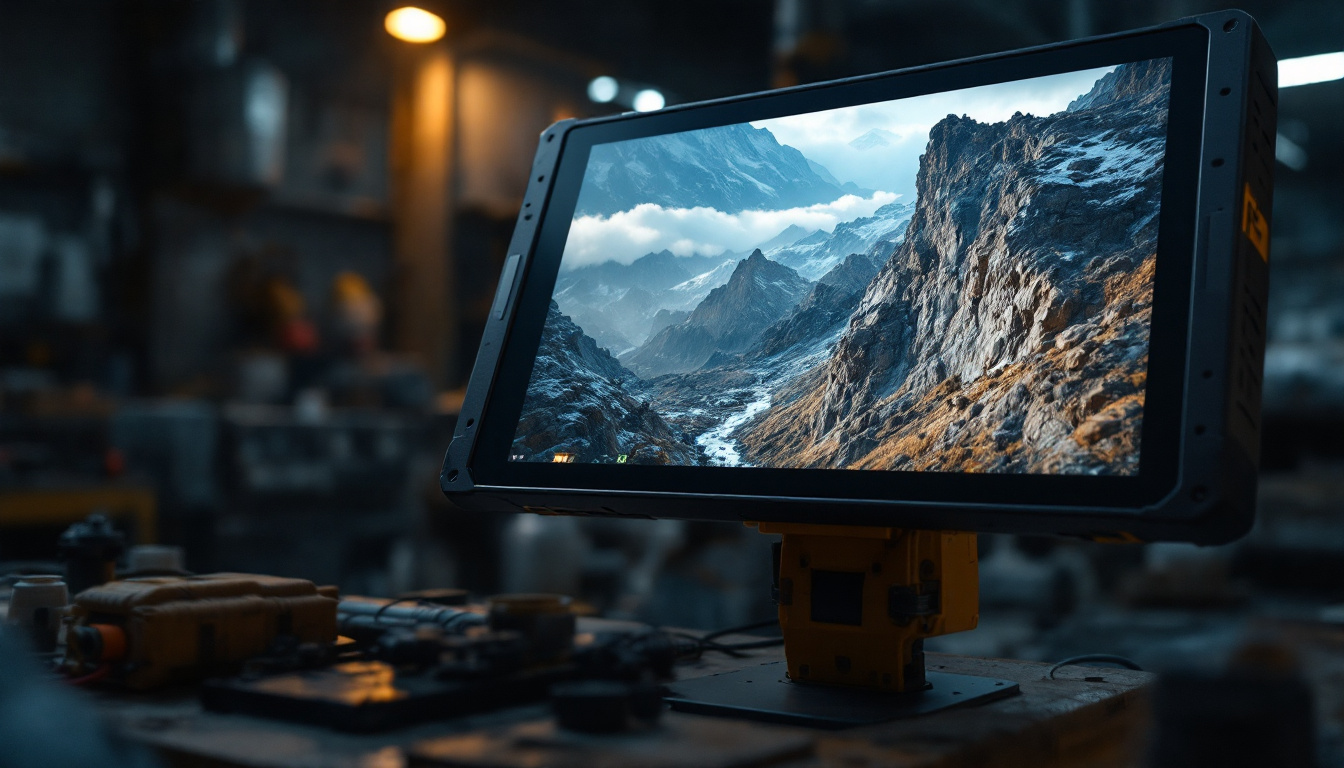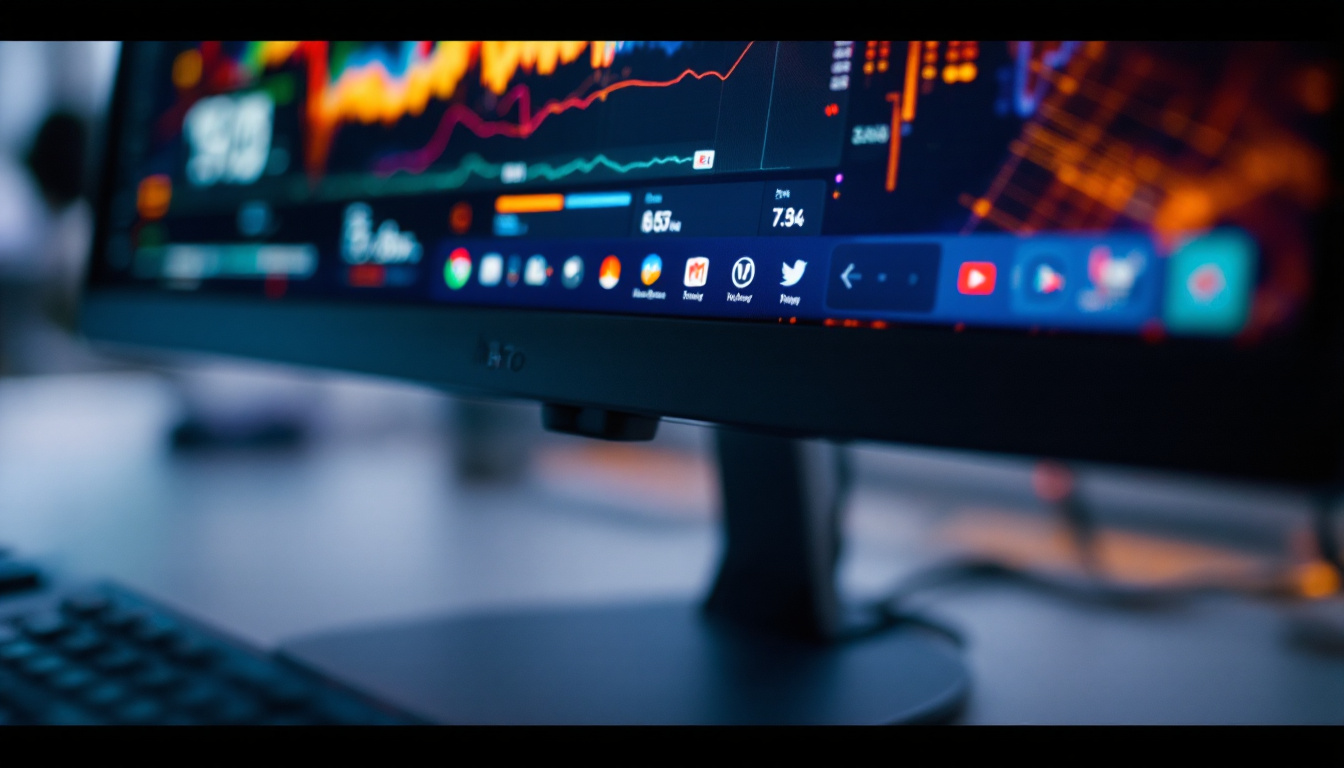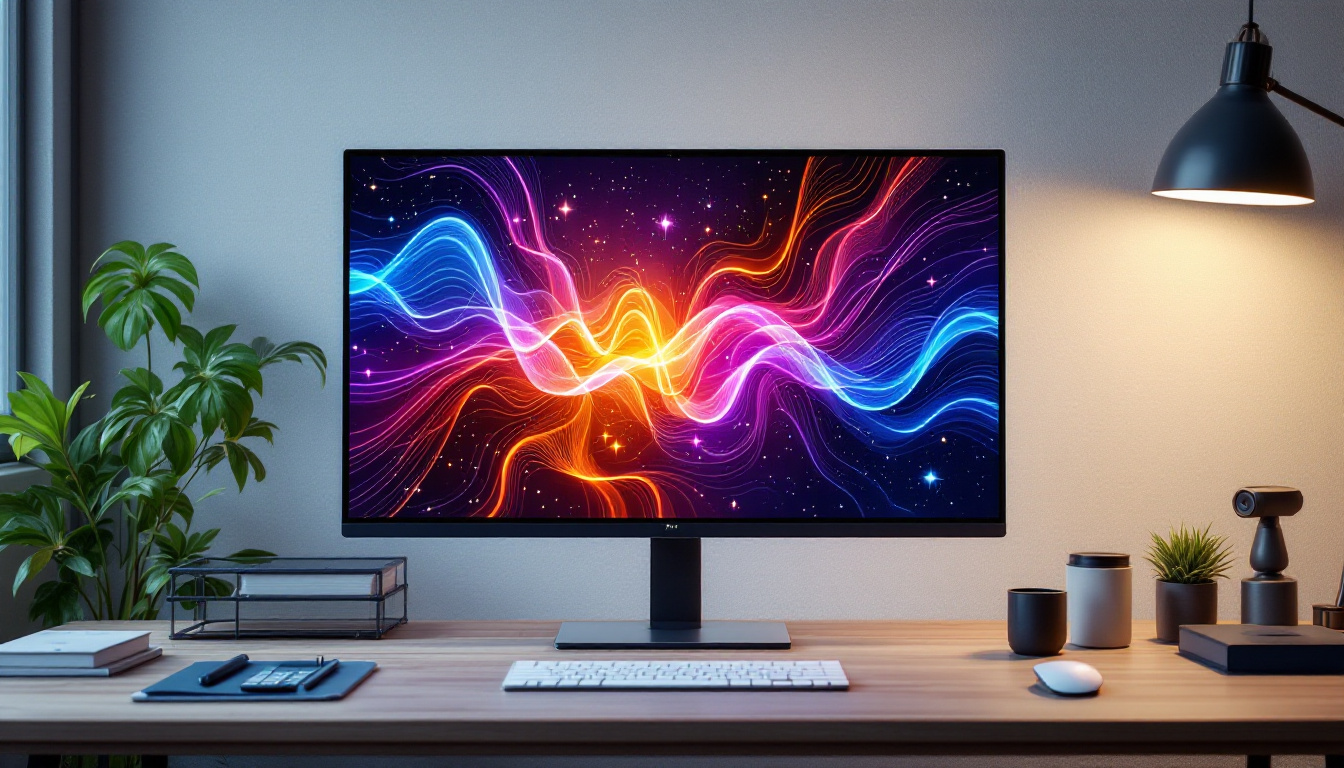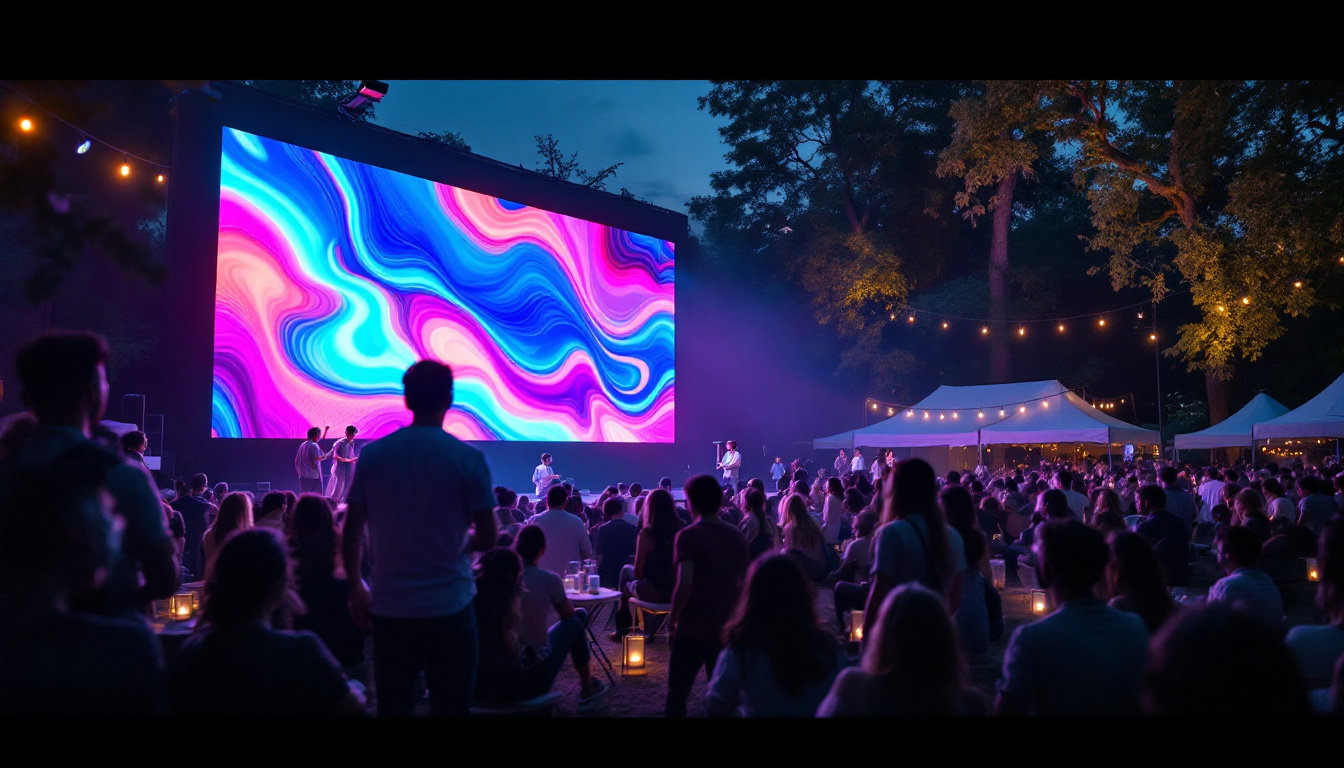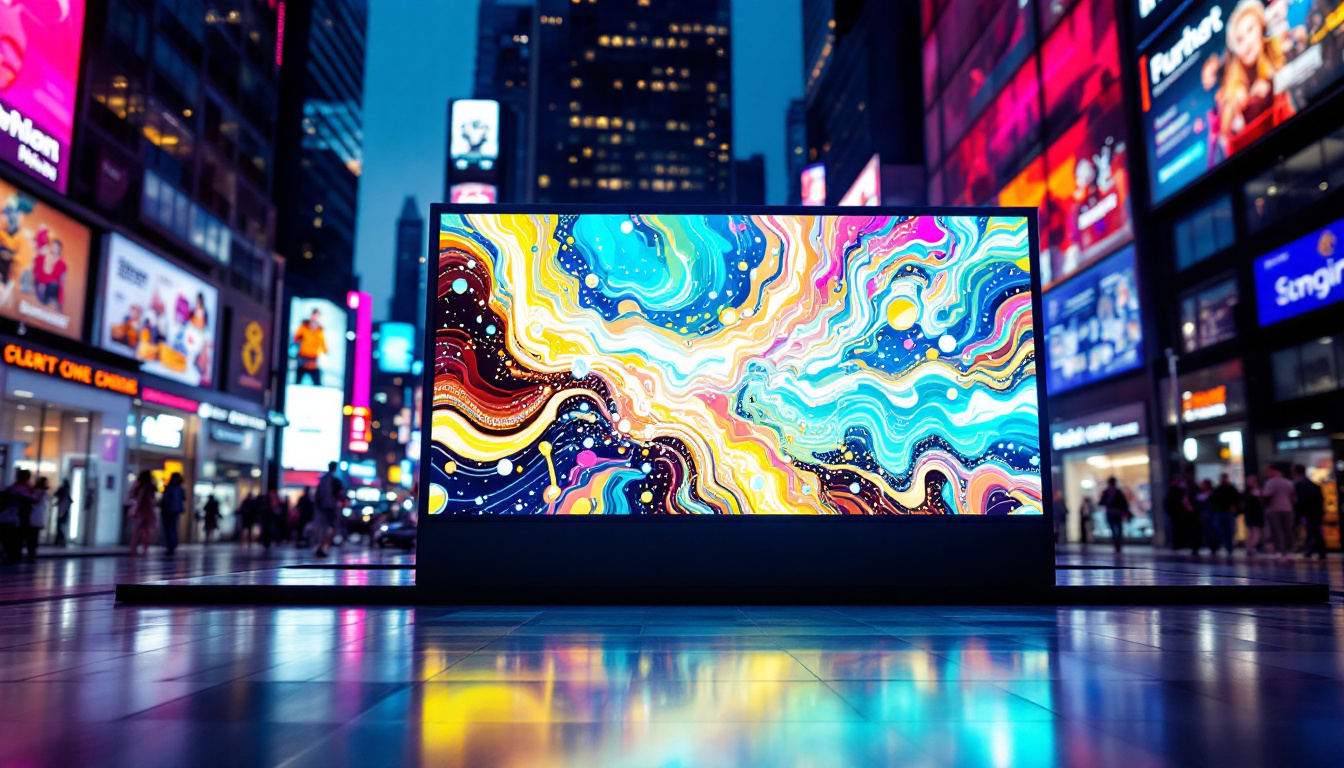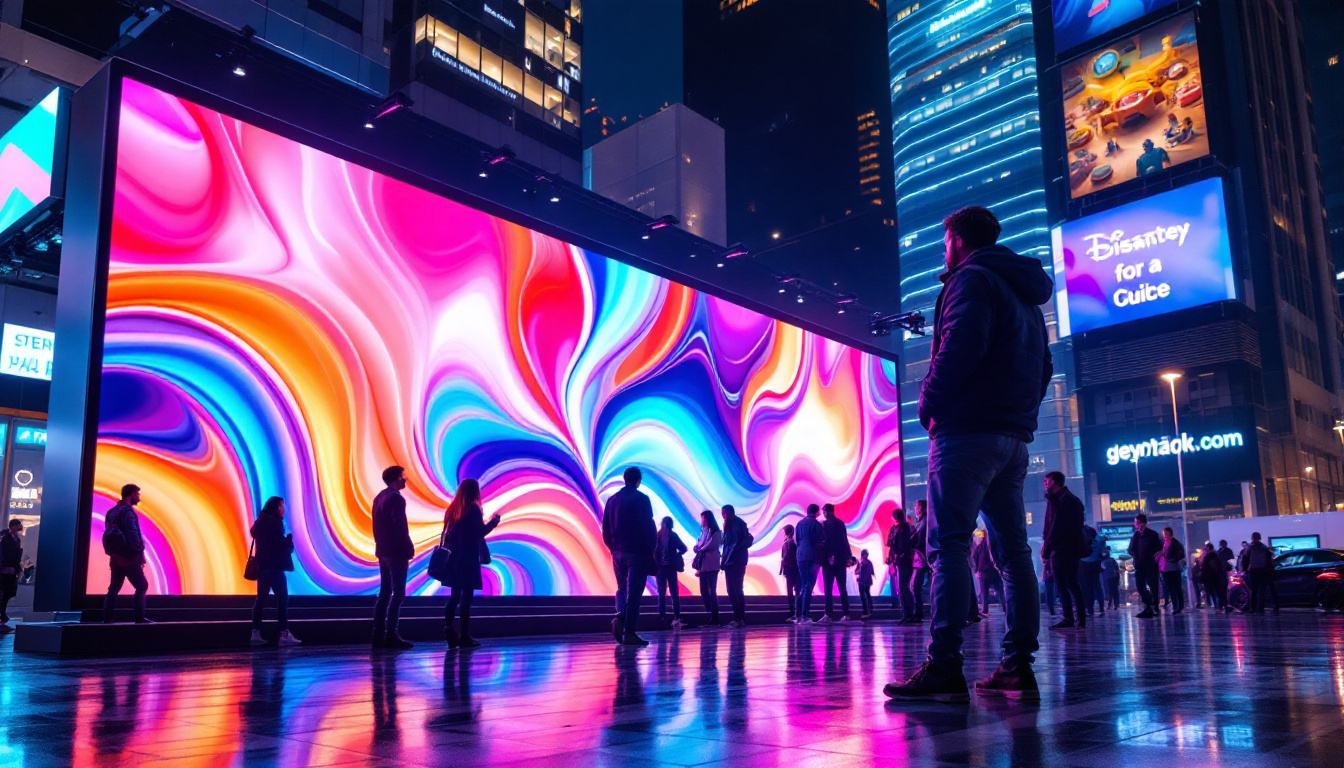Trade shows are a bustling hub of innovation, networking, and brand exposure. Among the myriad of tools available to exhibitors, LED displays have emerged as a standout choice for showcasing products and services. This article delves into the intricacies of LED displays, particularly in the context of trade shows, and explores how they can elevate a brand’s presence and engagement.
Understanding LED Displays
LED displays, or Light Emitting Diode displays, are electronic screens that use LED technology to present images, videos, and information. Their vibrant colors, high brightness, and energy efficiency make them an ideal choice for trade show environments, where capturing attention is paramount. The versatility of LED displays allows them to be used not only for advertising but also for interactive presentations, enhancing audience engagement and providing a memorable experience.
How LED Displays Work
At the core of LED displays are tiny diodes that emit light when an electric current passes through them. These diodes are arranged in a grid format, allowing for the creation of dynamic images and videos. The combination of red, green, and blue LEDs enables a full spectrum of colors, providing a visually appealing experience for viewers. This technology also supports high refresh rates, ensuring that moving images appear smooth and fluid, which is particularly beneficial for video content displayed at trade shows.
LED displays can be categorized into two main types: direct view and backlit. Direct view displays are made up of individual LED modules that form a seamless screen, while backlit displays use LEDs to illuminate a liquid crystal display (LCD) panel. For trade shows, direct view LED displays are often preferred due to their brightness and ability to function well in various lighting conditions. Additionally, many modern LED displays come equipped with advanced features like touch sensitivity and interactive capabilities, allowing exhibitors to create engaging experiences that invite audience participation.
Types of LED Displays for Trade Shows
When it comes to trade shows, there are several types of LED displays that exhibitors can choose from, each offering unique advantages:
- Indoor LED Displays: These displays are designed for indoor environments, providing high resolution and vibrant colors. They are perfect for close viewing and detailed presentations. Their lightweight design allows for easy installation and flexibility in booth layouts, making them a popular choice for exhibitors looking to maximize their visual impact.
- Outdoor LED Displays: Built to withstand the elements, outdoor LED displays are brighter and more durable. They are ideal for outdoor trade shows or events where visibility is crucial. These displays often feature weather-resistant casings and enhanced brightness levels to combat sunlight, ensuring that content remains clear and engaging regardless of the weather conditions.
- Mobile LED Displays: These are portable and can be easily transported and set up at various locations. They are often used for dynamic presentations and can be adapted to different booth sizes. Mobile LED displays are especially useful for exhibitors who attend multiple events throughout the year, as they can be quickly assembled and disassembled, allowing for efficient logistics and setup.
In addition to these types, there are also specialized LED displays designed for specific applications, such as transparent LED screens that allow viewers to see through the display while still showcasing content. This innovative design can be particularly striking in retail environments or at trade shows, where it can create a captivating visual effect that draws in attendees. Furthermore, advancements in LED technology continue to evolve, with developments in pixel pitch and resolution leading to even more stunning visual displays that can cater to a wide range of marketing needs.
The Benefits of Using LED Displays at Trade Shows
Incorporating LED displays into a trade show strategy can yield numerous benefits. From enhancing brand visibility to improving audience engagement, these displays are a powerful tool for exhibitors.
Enhanced Visibility
One of the most significant advantages of LED displays is their ability to stand out in a crowded trade show environment. The brightness and clarity of LED screens ensure that messages are visible from a distance, drawing attendees to a booth. This heightened visibility can lead to increased foot traffic and, ultimately, more leads.
Furthermore, the flexibility of LED displays allows for dynamic content that can be updated in real-time. This adaptability means that exhibitors can showcase different products or messages throughout the event, keeping the content fresh and engaging for attendees.
Improved Audience Engagement
LED displays are not just about visibility; they also enhance audience engagement. The ability to display high-quality videos, animations, and interactive content can captivate attendees and encourage them to interact with the brand. Whether it’s through informative videos or eye-catching graphics, LED displays can create a memorable experience that resonates with visitors.
Moreover, incorporating interactive elements, such as touchscreens or live polls, can further engage the audience. This interaction fosters a connection between the brand and potential customers, making them more likely to remember the experience long after the trade show concludes.
Cost-Effectiveness
While the initial investment in LED displays may seem significant, they often prove to be cost-effective in the long run. LED technology is energy-efficient, reducing electricity costs during events. Additionally, the durability of LED displays means they can be reused for multiple trade shows, spreading the cost over several events.
Furthermore, the potential for increased leads and sales generated through enhanced visibility and engagement can offset the initial costs. In essence, investing in LED displays can yield a high return on investment for exhibitors.
Key Considerations When Choosing LED Displays
While the benefits of LED displays are clear, selecting the right one for a trade show requires careful consideration. Various factors can influence the effectiveness of the display in achieving specific marketing goals.
Resolution and Pixel Pitch
The resolution of an LED display is crucial, particularly in trade show settings where attendees may be viewing content from different distances. Pixel pitch, which refers to the distance between the centers of two adjacent pixels, plays a significant role in determining resolution. A smaller pixel pitch results in higher resolution, making it ideal for close-up viewing.
For indoor displays, a pixel pitch of 2.5mm to 4mm is often suitable, while outdoor displays may require a larger pitch due to the viewing distance. Assessing the venue and audience distance will help in selecting the appropriate resolution for maximum impact.
Size and Configuration
The size of the LED display should align with the booth’s layout and the overall design of the trade show exhibit. A larger display can create a more significant impact, but it must also be proportionate to the booth space available. Additionally, the configuration of the display—whether it’s a single large screen or multiple smaller screens—can affect the overall aesthetic and functionality.
Exhibitors should also consider the aspect ratio of the display to ensure that it complements the content being presented. A common aspect ratio for video content is 16:9, but other ratios may be more suitable depending on the specific needs of the presentation.
Content Management
Content is king, and having a robust content management system (CMS) is essential for maximizing the effectiveness of an LED display. A good CMS allows for easy updates and scheduling of content, ensuring that the display remains relevant and engaging throughout the trade show.
Additionally, the ability to integrate various media types—such as videos, images, and live feeds—can enhance the overall presentation. Exhibitors should consider investing in a CMS that offers user-friendly features and supports a variety of content formats.
Best Practices for Utilizing LED Displays at Trade Shows
To maximize the impact of LED displays at trade shows, exhibitors should adhere to several best practices. These strategies can help ensure that the investment in LED technology translates into tangible results.
Designing Compelling Content
The content displayed on an LED screen should be visually appealing and easy to understand. Utilizing bold graphics, concise text, and high-quality videos can capture attention and convey messages effectively. It’s essential to remember that trade show attendees may only glance at the display for a few seconds, so the content must be engaging at first sight.
Incorporating branding elements, such as logos and color schemes, can reinforce brand identity and make the display more recognizable. Additionally, using a consistent theme throughout the display can create a cohesive experience for attendees.
Timing and Scheduling
Strategically scheduling content can enhance engagement and ensure that the display is utilized effectively throughout the event. For example, showcasing product demonstrations during peak hours can attract more viewers, while quieter periods can be used for brand storytelling or testimonials.
Utilizing a mix of content types—such as videos, slideshows, and animations—can keep the display dynamic and prevent viewer fatigue. Regularly updating content can also maintain interest and encourage attendees to return to the booth for new information.
Interactivity and Engagement
Incorporating interactive elements into the LED display can significantly enhance audience engagement. Touchscreens, QR codes, and interactive polls can encourage attendees to participate actively, fostering a deeper connection with the brand.
Additionally, gamifying the experience—such as offering prizes for participation—can incentivize engagement and create a buzz around the booth. This not only attracts more visitors but also encourages them to share their experiences on social media, further amplifying brand visibility.
Conclusion
LED displays are a powerful asset for exhibitors at trade shows, offering enhanced visibility, improved audience engagement, and cost-effectiveness. By understanding the technology, benefits, and best practices associated with LED displays, brands can create impactful presentations that resonate with attendees.
As trade shows continue to evolve, the integration of innovative technologies like LED displays will play a crucial role in shaping the future of brand marketing. By leveraging these dynamic tools, exhibitors can ensure they stand out in a competitive landscape, effectively communicate their message, and ultimately drive business success.
Discover LumenMatrix LED Display Solutions
Ready to elevate your trade show presence with cutting-edge LED technology? Look no further than LumenMatrix, a leader in innovative LED display solutions. From captivating Indoor LED Wall Displays to robust Outdoor LED Wall Displays, and from versatile Vehicle LED Displays to sleek LED Poster Displays, LumenMatrix offers a wide range of products designed to enhance your brand visibility and engage your audience. Experience the future of visual communication with our LED Sports Displays, interactive Floor LED Displays, customizable Custom LED Displays, convenient All-in-One LED Displays, and stunning LED Transparent Displays. Embrace the power of LumenMatrix to create unforgettable visual experiences and share your message with unparalleled impact and clarity. Check out LumenMatrix LED Display Solutions today and transform your trade show strategy.

